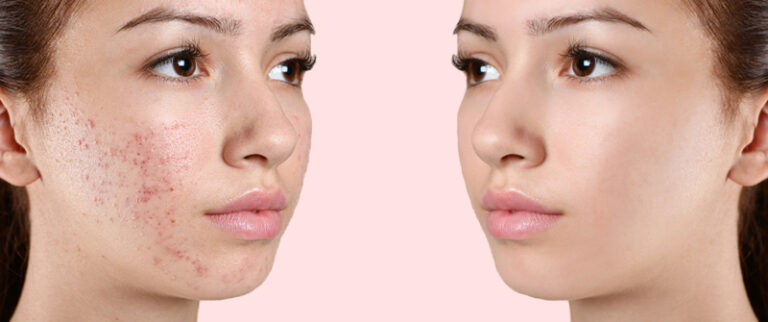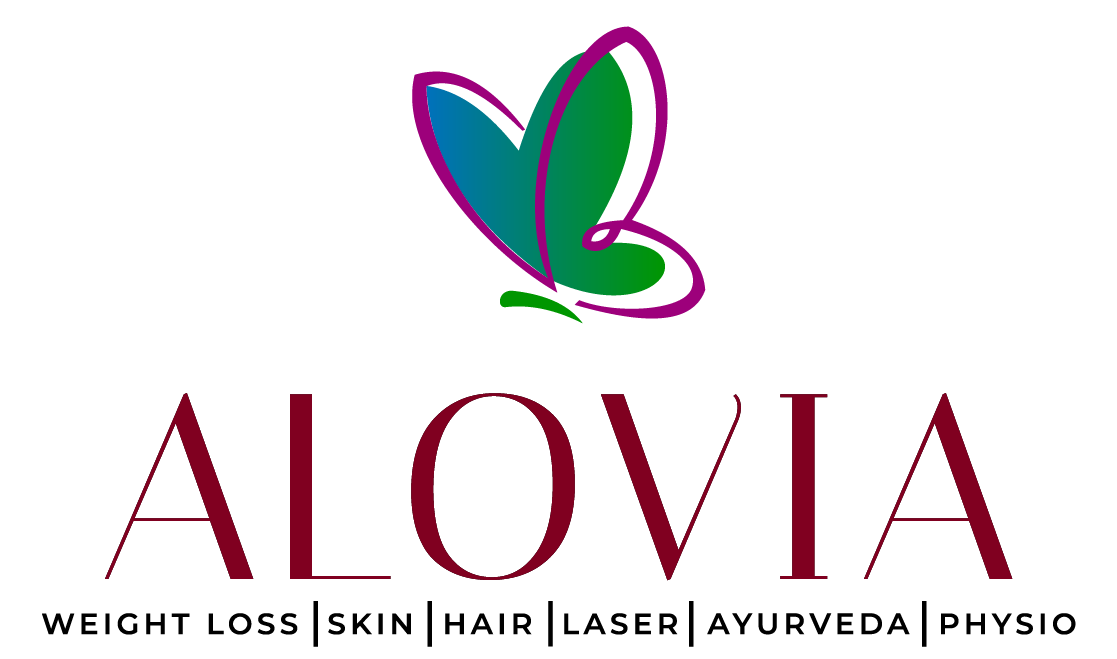ACNE SCARS TREATMENT
we recommend
-Laser Treatment – Laser beams can be fired at the scar to break up excess scar tissue.
-Dermal Fillers – Dermal filler injections can be given to ‘fill out’pitted scars.
-Derma pen/Micro needling – a ‘collagen induction therapy’ which stimulates collagen production to help improve scarring.

- Home skin care. Using sunscreen can help limit the contrast between unscarred skin and a scar. Some medicated creams, such as those containing azelaic acid or hydroxyl acids, might help too.
- Soft tissue fillers. Injecting collagen, fat or other substances under the skin can plump the skin over indented scars. The goal is to make the scars less noticeable. Results are temporary, so repeat treatments are needed to retain the effect. This method has little risk of changes in skin color.
- Steroid injection. Injecting steroids into some types of raised scars can improve the appearance of your skin.
- Laser resurfacing. This approach is increasingly popular and is often used on scars that were once treated with dermabrasion. This technique has an increased risk of side effects for people with darker skin or a history of keloids.
- Other energy-based procedures. Pulsed light sources and radiofrequency devices help make scars less noticeable without damaging the outer layer of skin. Results are subtle, and you might need repeat treatments.
- Dermabrasion. This procedure is usually reserved for more severe scarring. Our doctor removes the top layer of skin with a rapidly rotating brush or other device. Surface scars may be completely removed, and deeper acne scars may appear less noticeable. Potential severe side effects include scarring and changes in skin color.
- Chemical peel. Your doctor applies a chemical solution to the scar tissue to remove the top layer of skin and minimize the appearance of deeper scars. You can repeat mild and medium peels to maintain results. You can have only one deep peel. Potential side effects include changes in skin color, especially with deep peels used on dark skin.
- Skin needling. Our doctor rolls a needle-studded device over the skin to stimulate collagen formation in the underlying tissue. It’s a safe, simple and possibly effective technique for acne scarring. It has minimal risk of discoloring the skin. Results are subtle, and you may need repeat treatments.
- Surgery. Using a minor procedure called punch excision, your doctor cuts out individual acne scars and repairs the wound with stitches or a skin graft. With a technique called subcision, your doctor inserts needles under the skin to loosen fibers below a scar.
OnabotulinumtoxinA (Botox). Sometimes the skin around acne scars puckers. Injecting Botox relaxes the surrounding skin, which may improve the appearance of an acne scar. Results are temporary, so repeat treatments are needed to retain the effect.
FAQs:-
During this laser acne scar removal, a specialist uses a laser wand that he or she applies to the surface of your skin. The wand emits a special kind of light that removes the layers of your skin that show damage. When your skin grows back, the new cells show less evidence of the acne that was present.
In other words, the earliest you will be able to have scarring treatments will be when you are no longer having acne breakouts. For this reason, many people will be able to start having scarring treatments between the ages of 20 and 30, which is when most people will have acne out of control.
It’s considered to be one of the best treatments for acne scars. You can add products with salicylic acid into your daily routine, or your skin care specialist may use it for less frequent chemical peels. It might take a few weeks to see a difference when using salicylic acid.
REACH US
2-37/74&75/2 CROWN COURT, 2nd FLOOR, PLOT NO: 74 & 75 VINAYAK NAGAR, GACHIBOWLI, HYDERABAD-500032.
